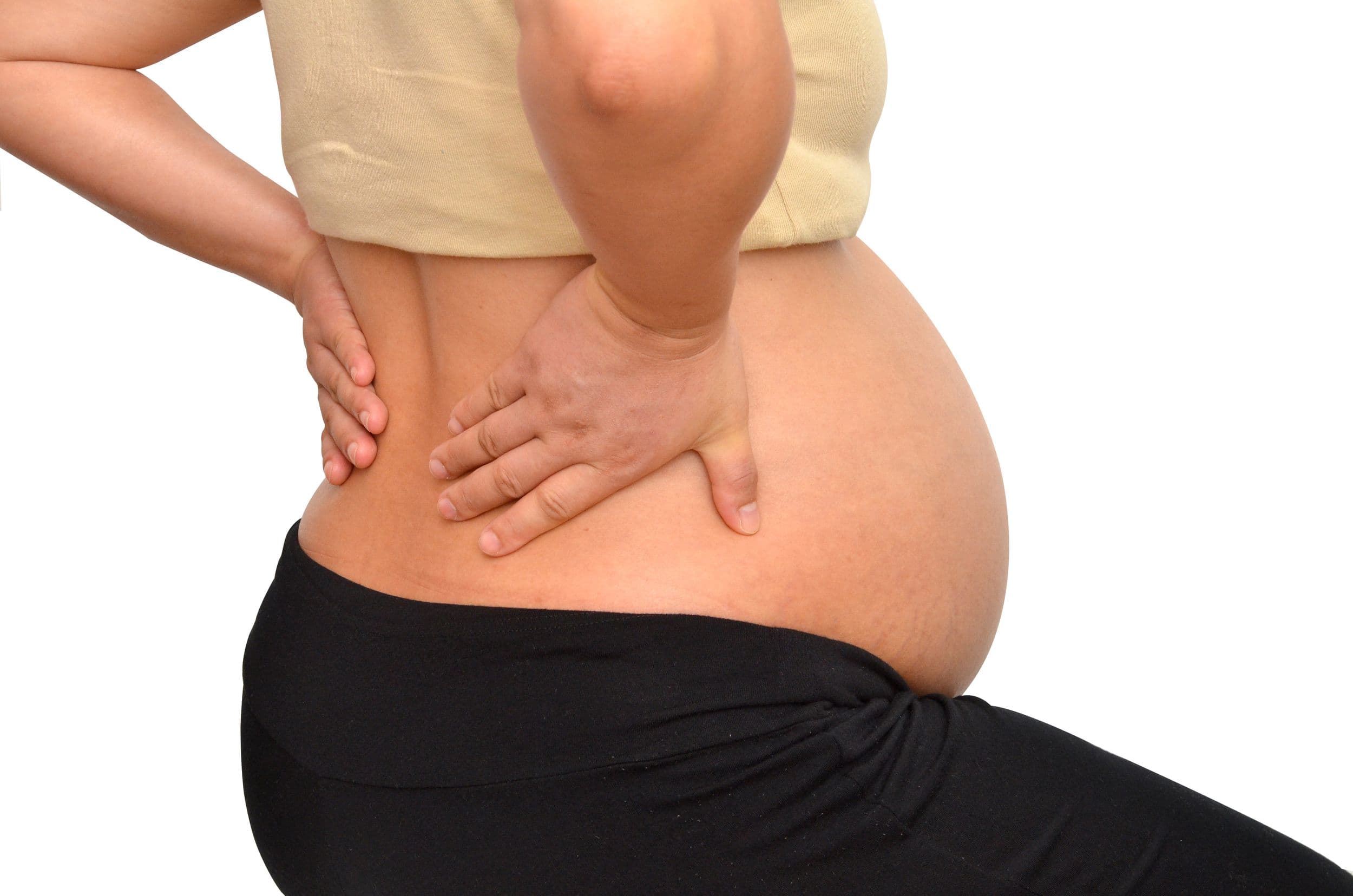Tips to Naturally Induce Labor
Labor & Delivery
Obie Editorial Team

As you near the end of your pregnancy, you may be ready for the entire process of carrying your baby to be over. You're eager to start a whole new phase of life and actually meet this little miracle, and you may be wondering what you can do to speed it along. When is it safe to try to naturally induce labor, and how do I go about accomplishing that?
You shouldn't even consider trying to begin your labor until you are at least 40 weeks pregnant or overdue. That's because your due date could be inaccurate by a few weeks, and if you start your labor before 40 weeks, you might give birth to the baby before s/he is ready to thrive outside the womb.
Natural methods for inducing labor
If your body isn't prepared to go into labor, you can try as much as your heart desires, but you will only frustrate yourself.
However, if you are over 40 weeks, several things can be done that might make you have contractions and begin labor, but they'll only work if your body is ready. If your body isn't prepared to go into labor, you can try as much as your heart desires, but you will only frustrate yourself.
Use caution when trying any of these natural methods to begin your labor, particularly herbs and nipple stimulation. The uterus can become hyperstimulated, meaning that it'll get too little rest between contractions. This can cause the baby to receive less oxygen, resulting in fetal heart rate slowing.
Before trying any of these labor induction tips, discuss them with your midwife or doctor.
Walk
If you are having contractions but are not yet in labor, walking can help get things going. Walking allows your hips to sway side to side, which will help bring the baby into position to be born. Also, by standing upright, you're using gravity to move the baby down into the pelvis. Another plus: It usually feels good to walk when you are contracting. And even if you don't go into full-blown labor, at least you're getting some exercise.
Have sex
Having sex can be one of the last things on your mind toward the end of your pregnancy. You may feel big and clumsy, and also be experiencing a lot of vaginal pressure. But believe it or not, sex is one of the things you can do to get your labor underway. Having an orgasm will relax you and contract your uterus. If you have a male partner, his semen (which contains prostaglandins) can stimulate contractions.
Use castor oil
For decades, women have been using castor oil to help induce labor. In fact, many old-school physicians and midwives swear by it. It can provide good results if you are already in early labor. It is believed to work by causing spasms in the intestines, which surround the uterus toward the end of pregnancy. These spasms, in turn, cause the uterus to cramp, which might result in labor. You can take 1 to 4 ounces of castor oil mixed with 6 ounces of orange juice to cut its oiliness. You'll want to drink it quickly because of the unpleasant taste. Some practitioners suggest taking a single dose; others suggest repeated doses depending on your response. Keep in mind that castor oil usually will cause your bowels to empty within about three hours. With luck, soon after that, you will be in true labor.
Eat spicy food
Some people swear that it was that extra-hot enchilada from their favorite Mexican restaurant that brought them face-to-face with their new baby. Unfortunately, the statistics are out on this one. You could try it, but if you have a full stomach when you are in labor, you might vomit and see that enchilada again — in much less than appetizing circumstances!
Use blue and black cohosh
These herbs are used often to induce labor. They may be particularly effective if you are having weak or irregular contractions. Blue cohosh is believed to make uterine contractions stronger, while black cohosh may regulate the contractions. Together, they work to make contractions more effective. Unfortunately, no studies have determined that these natural treatments are safe, or whether all versions of the herb available for purchase are of equal potency. Be sure to discuss any herbal treatment with your practitioner before attempting it.
Try nipple stimulation
Some women massage their nipples as a way to induce labor. This stimulation brings about the release of oxytocin, which is the natural form of Pitocin. Oxytocin causes contractions, which sometimes evolve into labor. Most practitioners are not enthusiastic about this method of inducing labor, because it has been known to lead to excessively long, strong uterine contractions sometimes resulting in fetal heart rate slowing. Unless your practitioner advises it and is monitoring your progress closely, nipple stimulation is not recommended as a means to induce labor.
Stripping the membranes
Your practitioner may offer to "strip your membranes" to help start your labor. This procedure usually feels like a vaginal examination, although it sometimes can be painful or cause cramping. The practitioner places her gloved finger through the cervix and sweeps the amniotic membranes free of their attachment to the lower part of the uterine cavity. This process is believed to release hormone-like substances called prostaglandins, which help to ready your body for labor. While some experts believe that stripping the membranes causes you to go into labor that day, the only research on this procedure was done by a group of midwives who stripped the membranes of a group of their patients at every visit to the office after 38 weeks gestation. Their findings showed that patients who had this procedure were less likely to go past their due dates. According to the study, the procedure didn't seem to pose any complications and didn't cause the patients' waters to break.










